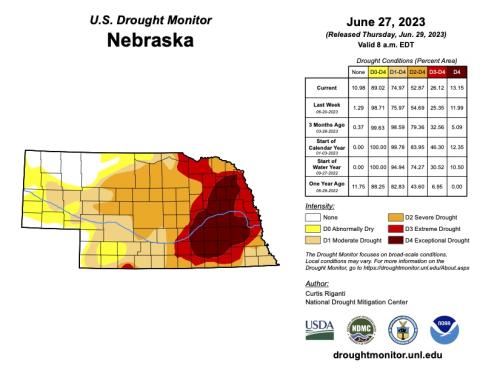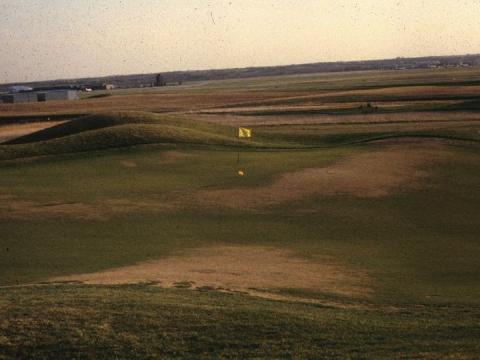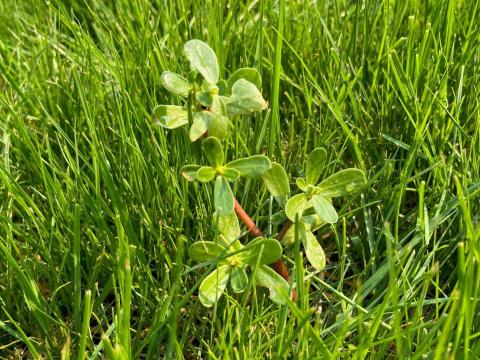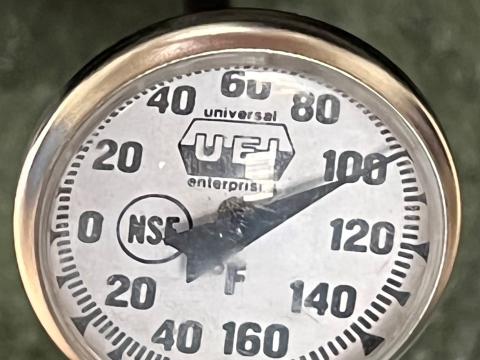
June and July 2023 Update from Nebraska Turfgrass Science
06/30/2023
The article discusses the progress on Growing Degree Days (GDD) for different parts of the state, an update on the drought conditions in the state of Nebraska, how to manage water with different turfgrass types, and updates from the turfgrass program at UNL for June and July 2023.
Read Full Article on June and July 2023 Update from Nebraska Turfgrass Science
Winter Traffic and Play on Turfgrass
12/06/2022
The Northern Great Plains winter weather patterns are much like riding a roller coaster. Single digit nighttime temperatures and 55 degrees or greater daytime temperatures are not uncommon. Wide swings in daytime temperature may have you thinking about shorts one week and long underwear the next. Couple this roller coaster temperature ride with projections of another dry, with minimal snow cover, winter and conditions are less than favorable for foot and vehicle traffic on turfgrass, regardless of the ambient temperature.
Read Full Article on Winter Traffic and Play on Turfgrass
Be cautious with herbicide applications and high temperatures
07/27/2022
The projected weather outlook is predicting temperatures exceeding 90 F throughout Nebraska. Elevated temperatures slow cool season turf (Kentucky bluegrass and tall fescue) growth, especially when combined with low precipitation. Warm season grasses like zoysia and buffalograss increase growth potential during high temperatures. Summer annual grassy weeds like crabgrass, goosegrass and foxtail and the obstinate perennial weed, yellow nutsedge outgrow, and may sometimes dominate, cool season turfs during the summer months.
Read Full Article on Be cautious with herbicide applications and high temperatures
High temps are hard on cool-season grasses
07/06/2022
I just returned from a trip to the Pacific Northwest where it was a cool 70F. To get caught up on field research, I headed straight to the field where the heat index was 104F. I’ll share the mysteries and importance of temperature acclimation in a future article, but I was not adjusted to those temperatures. The heat and humidity are just as stressful to the turf we manage. The following was adapted from a Turf iNfo prepared by former UNL professor Zac Reicher.
Read Full Article on High temps are hard on cool-season grasses